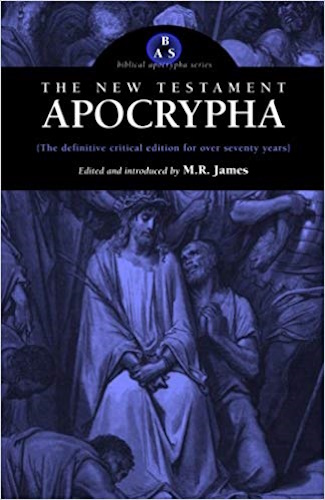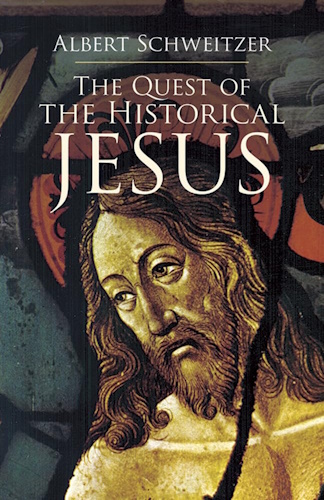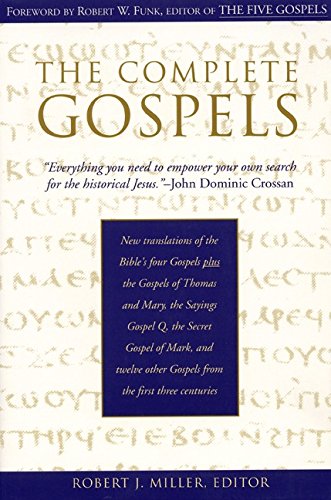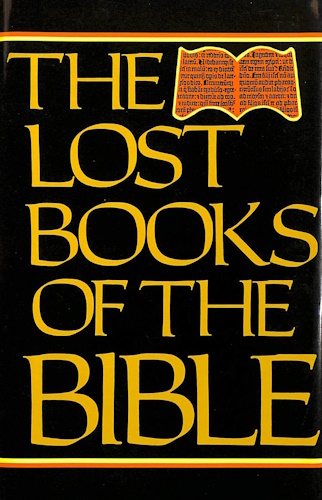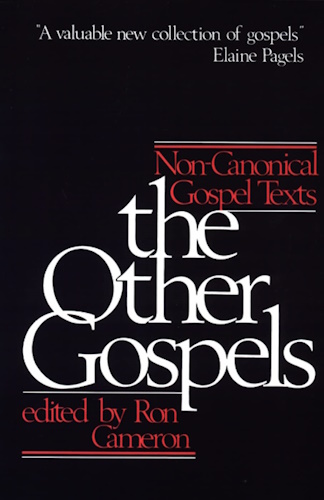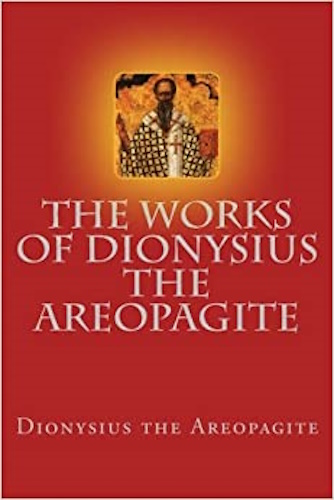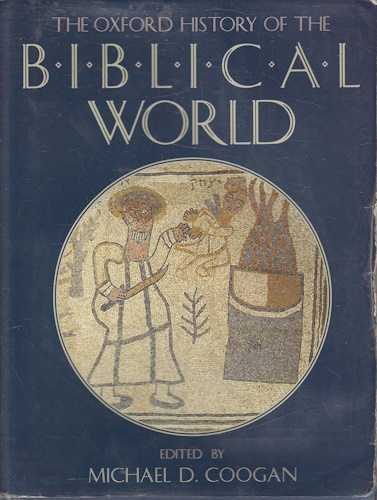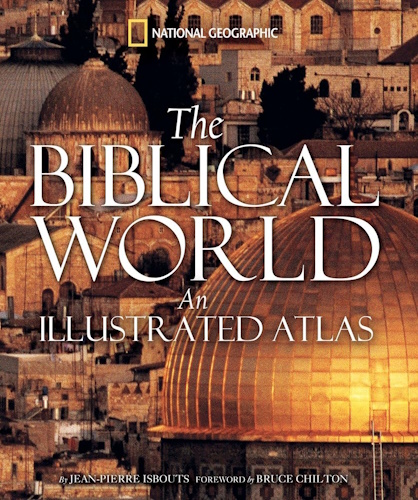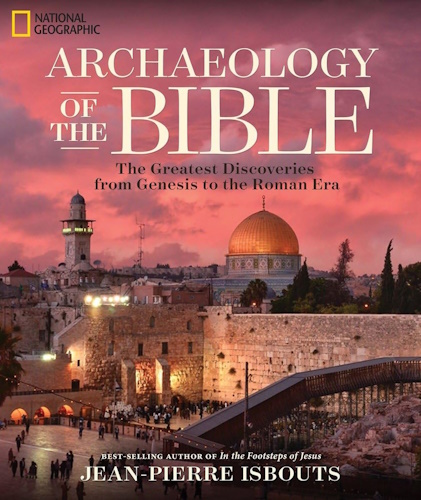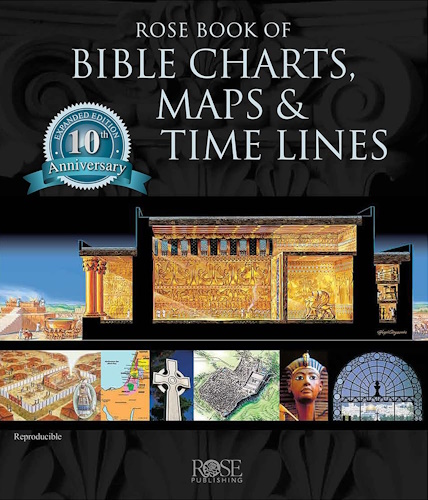
The works of Dionysius the Areopagite
On The Heavenly Hierarchy
Caput XV
What are the morphic likenesses of the Angelic Powers? what the fiery? what the anthromorphic? what are the eyes? what the nostrils? what the ears? what the mouths? what the touch? what the eyelids? what the eyebrows? what the prime? what the teeth? what the shoulders? what the elbows and the hands? what the heart? what the breasts? what the back? what the feet? what the wings? what the nakedness? what the robe? what the shining raiment? what the sacerdotal? what the girdles? what the rods? what the spears? what the battle-axes? what the measuring lines? what the winds? what the clouds? what the brass? what the electron? what the choirs? what the clapping of hands? what the colours of different stones? what the appearance of the lion? what the appearance of the ox? what the appearance of the eagle? what the horses? what the varieties of coloured horses? what the rivers? what the chariots? what the wheels? what the so-called joy of the Angels?
Section I.
Come, then, let us at last, if you please, rest our mental vision from the strain of lofty contemplation, befitting Angels, and descend to the divided and manifold breadth of the many-shaped variety of the Angelic forms, and then return analytically from the
page 55
same, as from images, to the simplicity of the Heavenly Minds. But let this first be made plain to you, that the explanations of the sacredly depicted likenesses represent the same ranks of the Heavenly Beings as sometimes ruling, and, at other times, as being ruled; and the last, ruling, and the first, being ruled; and the same, as has been said, having first, and middle, and last powers —without introducing anything absurd into the description, according to the following method of explanation. For if indeed we were to say that some are ruled by those above them, and then that they rule the same, and that those above, whilst ruling those below, are ruled by those same who are being ruled, the thing would manifestly be absurd, and mixed with all sorts of confusion. But if we say that the same rule and are ruled, but no longer the self-same, or from the self-same, but that each same is ruled by those before, and rules those below, one might say appropriately that the Divinely pictured presentations in the Oracles may sometimes attribute, properly and truly, the very same, both to first, and middle, and last powers. Now the straining elevation to things above, and their being drawn unswervingly around each other, as being guardians of their own proper powers, and that they participate in the providential faculty to provide for those below them by mutual communication, befit truly all the Heavenly Beings, although some, pre-eminently and wholly, as we have often said, and others partially and subordinately.
Section II.
But we must keep our discourse within bounds, and must search, in our first explanation of the types, for what reason the Word of God prefers the sacred description of fire, in preference to almost every other. You will find it, then, representing not only wheels of fire, but also living creatures of fire, and men, flashing, as it were, like lightning, and placing around the Heavenly Beings themselves heaps of coals of fire, and rivers of flame flowing with irresistible force; and also it says that the thrones are of fire; and that the most exalted Seraphim glow with fire, it shews from their appellation, and it attributes the characteristic and energy of fire to them, and throughout, above and below, it prefers pre-eminently the representation by the image of fire. I think, then, the similitude of fire217 denotes the likeness of the Heavenly Minds to God in the highest degree; for the holy theologians frequently describe the superessential and formless essence by fire, as having many likenesses, if I may be permitted to say so, of the supremely Divine property, as in things visible. For the sensible fire is, so to speak, in everything, and passes through everything unmingled, and springs from all, and whilst all-luminous, is, as it were, hidden, unknown, in its essential nature, when there is no
page 57
material lying near it upon which it may shew its proper energy. It is both uncontrollable and invisible, self-subduing all things, and bringing under its own energy anything in which it may happen to be; varying, imparting itself to all things near it, whatever they may be; renewing by its rousing heat, and giving light by its uncovered illuminations; invincible, unmingled, separating, unchangeable, elevating, penetrating, lofty; subject to no grovelling inferiority, ever moving, self-moving, moving other things, comprehending, incomprehended, needing no other, imperceptibly increasing itself, displaying its own majesty to the materials receiving it; energetic, powerful, present to all invisibly, unobserved, seeming not to be, and manifesting itself suddenly according to its own proper nature by friction, as it were by a sort of seeking, and again flying away impalpably, undiminished in all the joyful distributions of itself. And one might find many characteristics of fire, appropriate to display the supremely Divine Energy, as in sensible images. The Godly-wise, then, knowing this, depict the celestial Beings from fire, shewing their Godlikeness, and imitation of God, as far as attainable.
Section III.
But they also depict them under the likeness of men218, on account of the intellectual faculty, and their having powers of looking upwards, and
page 58
their straight and erect form, and their innate faculty of ruling and guiding, and whilst being least, in physical strength as compared with the other powers of irrational creatures, yet ruling over all by their superior power of mind, and by their dominion in consequence of rational science, and their innate unslavishness and indomitableness of soul. It is possible, then, I think, to find within each of the many parts of our body harmonious images of the Heavenly Powers, by affirming that the powers of vision denote the most transparent elevation towards the Divine lights, and again, the tender, and liquid, and not repellent, but sensitive, and pure, and unfolded, reception, free from all passion, of the supremely Divine illuminations.
Now the discriminating powers of the nostrils denote the being able to receive, as far as attainable, the sweet-smelling largess beyond conception, and to distinguish accurately things which are not such, and to entirely reject.
The powers of the ears denote the participation and conscious reception of the supremely Divine inspiration.
The powers of taste denote the fulness of the intelligible nourishments, and the reception of the Divine and nourishing streams.
The powers of touch denote the skilful discrimination of that which is suitable or injurious.
page 59The eyelids and eyebrows denote the guarding of the conceptions which see God.
The figures of manhood and youth denote the perpetual bloom and vigour of life.
The teeth denote the dividing of the nourishing perfection given to us; for each intellectual Being divides and multiplies, by a provident faculty, the unified conception given to it by the more Divine for the proportionate elevation of the inferior.
The shoulders and elbows, and further, the hands, denote the power of making, and operating, and accomplishing.
The heart again is a symbol of the Godlike life, dispersing its own life-giving power to the objects of its forethought, as beseems the good.
The chest again denotes the invincible and protective faculty of the life-giving distribution, as being placed above the heart.
The back, the holding together the whole productive powers of life.
The feet denote the moving and quickness, and skilfulness of the perpetual movement advancing towards Divine things. Wherefore also the Word of God arranged the feet of the holy Minds under their wings; for the wing displays the elevating quickness and the heavenly progress towards higher things, and the superiority to every grovelling thing by reason of the ascending, and the lightness of the wings denotes their being in no respect earthly,
page 60
but undefiledly and lightly raised to the sublime; and the naked and unshod denotes the unfettered, agile, and unrestrained, and free from all external superfluity, and assimilation to the Divine simplicity, as far as attainable.
Section IV.
But since again the simple and variegated wisdom both clothes the naked, and distributes certain implements to them to carry, come, let us unfold, according to our power, the sacred garments and implements of the celestial Minds. The shining and glowing raiment, I think, signifies the Divine likeness after the image of fire, and their enlightening, in consequence of their repose in Heaven, where is the Light, and their complete illuminating intelligibly, and their being illuminated intellectually219; and the sacerdotal robe denotes their conducting to Divine and mystical visions, and the consecration of their whole life. And the girdles signify the guard over their productive powers, and the collected habit of being turned uniformly to It, and being drawn around Itself by an unbroken identity, in a well-ordered circle.
Section V.
The rods signify the kingly and directing faculty, making all things straight. The spears and the battle-axes denote the dividing of things unlike,
page 61
and the sharp and energetic and drastic operation of the discriminating powers. The geometrical and technical articles denote the founding, and building, and completing, and whatever else belongs to the elevating and guiding forethought for the subordinate Orders. But sometimes the implements assigned to the holy Angels are the symbols of God's judgments to ourselves; some, representing His correcting instruction or avenging righteousness, others, freedom from peril, or end of education, or resumption of former well-being, or addition of other gifts, small or great, sensible or intelligible. Nor would a discriminating mind, in any case whatever, have any difficulty in properly adapting things visible to things invisible.
Section VI.
But the fact that they are named winds denotes their rapid action, passing almost instantaneously to all things, and their transporting movement in passing from above to below, and again from below to above, their elevating the second to the height above, and moving the first to a common and provident advance of the inferior Orders. But perhaps some one would say that the appellation of wind, to the aerial spirit, also denotes the Divine likeness of the Heavenly Minds; for this also bears a likeness and type of the supremely Divine energy (as
page 62
we have demonstrated more fully in the symbolic theology, in our explanation of the four elements) in accordance with the moving and life-producing, and the rapid and resistless development of Nature, and the Hiddenness of the moving sources and terminations to us unknown and invisible. For He says, "Thou knowest not whence it cometh nor whither it goeth." But also the Word of God attributes to them the appearance of a cloud, signifying, through this, that the holy minds are filled super-mundanely with the hidden Light, receiving the first manifestation without boasting over it as such, which they distribute ungrudgingly to the second, as a secondary manifestation, and in proportion to capacity; yea, further, that the productive, and life-producing, and increasing, and perfecting power is enshrined in them, after the fashion of the intelligible production of showers, which summons the receptive womb of the earth, by fruitful rains, to the life-giving pangs of birth.
Section VII.
Also, the Word of God attributes to the Heavenly Beings a likeness to Brass, Electron, and many-coloured stones. Electron, as being partly like gold, partly like silver, denotes the incorruptible, as in gold, and unexpended, and undiminished, and spotless brilliancy, and the brightness, as in silver, and a luminous and heavenly radiance. But to the
page 63
Brass, according to the reasons assigned, must be attributed either the likeness of fire or that of gold.
We must consider that the many-coloured appearances of stones denote either as white, the luminous; or as red, the fiery; or as yellow, the golden; or as green, the youthful and the full grown; and within each likeness you will find an explanation which teaches the inner meaning of the typical images.
But since, I think, according to our power, this has been sufficiently said, let us pass to the sacred explanation of the Divine representations of the Heavenly Minds through wild beasts220. We must consider that the shape of a Lion221 signifies the leading, and robust, and indomitable, and the assimilation, as far as possible, to the unutterable Godhead, by the concealment of the intellectual footprints222, and by the mystically modest covering of the path, leading to It, during Divine illumination.
Section VIII.
The Image of the Ox223 denotes the strong and the mature, turning up the intellectual furrows for the reception of the heavenly and productive showers; and the Horns, the guarding and indomitable.
The representation of the Eagle224 denotes the kingly, and soaring, and swift in flight, and quickness in search of the nourishment which makes
page 64
strong, and wanness, and agility, and cleverness; and the unimpeded, straight, and unflinching gaze towards the bounteous and brilliant splendour of the Divine rays of the sun, with the robust extension of the visual powers.
That of Horses represents obedience and docility, and of those who are white, brilliancy, and as especially congenial to the Divine Light; but of those who are dark blue, the Hidden; and of those red, the fiery and vigorous; and of the piebald, the uniting of the extremes by the power passing through them, and joining the first to the second, and the second to the first, reciprocally and considerately.
Now if we did not consult the proportion of our discourse, we might, not inappropriately, adapt the particular characteristics of the aforesaid living creatures, and all their bodily representations to the Heavenly Powers, upon the principle of dissimilar similitudes; for instance, their appearance of anger, to intellectual manliness, of which anger is the remotest echo, and their desire, to the Divine love; and to speak summarily, referring all the sensible perceptions, and many parts of irrational beings, to the immaterial conceptions and unified Powers of the Heavenly Beings. Now not only is this sufficient for the wise, but even an explanation of one of the dissimilar representations would be sufficient for the accurate description of similar things, after the same fashion.
page 65Section IX.
But we must examine the fact that rivers are spoken of, and Wheels and Chariots attached to the Heavenly Beings. The rivers of fire signify the supremely Divine streams furnishing to them an ungrudging and incessant flow, and nourishing the productive powers of life; the chariots, the conjoined communion of those of the same rank; the wheels being winged, and advancing without turning and without deviation, the power of their advancing energy within a straight and direct path, towards the same unflinching and straight swoop of their every intellectual track, supermundanely straight and direct way. Also it is possible to explain, after another mystical meaning, the sacred description of the intellectual wheels; for the name Gel, Gel, is given to them, as the theologian says. This shews, according to the Hebrew tongue, revolutions and revelations. For the Empyrean and Godlike wheels have revolutions, indeed, by their perpetual movement around the Good Itself; but revelations, by the manifestation of things hidden, and by the elevation of things at our feet, and by the descending procession of the sublime illuminations to things below. There remains for accurate explanation, the statement respecting the rejoicing of the Heavenly Orders; for they are utterly incapable of our impassioned pleasure. Now they are said to
page 66
rejoice with God over the discovery of what was lost, as befits their Divine good nature, and that Godlike and ungrudging rejoicing over the care and salvation of those who are turned to God; and that joy, beyond description, of which also holy men often partake, whilst the deifying illuminations of the Deity rest upon them. Let it suffice, then, to have said this much concerning the Divine representations, which, no doubt, falls short of their accurate explanation, but which will prevent us, I think, from being servilely entangled in the resemblance of the types. But if you should say that we have not mentioned in order the whole Angelic Powers, or operations, or likenesses, depicted in the Oracles, we answer in truth, that we do not possess the supermundane science of some; and further, in regard to them, we have need of another to conduct to light and to reveal. Other things, however, as being parallel to the things said, we have omitted, out of regard to the symmetry of the discourse; and the hiddenness, beyond our capacity, we have honoured by silence.
St. Michael and All Angels, 1898.
217 Le Cratyle de Platon, i. 302.
219 See Maximus D.N. c. 4. s. 1.
222 The Lion was said to erase his footsteps by his tail.
![]()
![]()
-
Urantia Book, 44:0.11 - The Celestial Artisans
Never in your long ascendancy will you lose the power to recognize your associates of former existences. Always, as you ascend inward in the scale of life, will you retain the ability to recognize and fraternize with the fellow beings of your previous and lower levels of experience. Each new translation or resurrection will add one more group of spirit beings to your vision range without in the least depriving you of the ability to recognize your friends and fellows of former estates.
-
Princess Bride 1987 Wallace Shawn (Vizzini) and Mandy Patinkin (Inigo Montoya)
Vizzini: HE DIDN'T FALL? INCONCEIVABLE.
Inigo Montoya: You keep using that word. I do not think it means what you think it means. -
Urantia Book, 117:4.14 - The Finite God
And here is mystery: The more closely man approaches God through love, the greater the reality -- actuality -- of that man. The more man withdraws from God, the more nearly he approaches nonreality -- cessation of existence. When man consecrates his will to the doing of the Father's will, when man gives God all that he has, then does God make that man more than he is.
-
Urantia Book, 167:7.4 - The Talk About Angels
"And do you not remember that I said to you once before that, if you had your spiritual eyes anointed, you would then see the heavens opened and behold the angels of God ascending and descending? It is by the ministry of the angels that one world may be kept in touch with other worlds, for have I not repeatedly told you that I have other sheep not of this fold?"
-
Urantia Book, Foreword - 0:12.12 - The Trinities
But we know that there dwells within the human mind a fragment of God, and that there sojourns with the human soul the Spirit of Truth; and we further know that these spirit forces conspire to enable material man to grasp the reality of spiritual values and to comprehend the philosophy of universe meanings. But even more certainly we know that these spirits of the Divine Presence are able to assist man in the spiritual appropriation of all truth contributory to the enhancement of the ever-progressing reality of personal religious experience—God-consciousness.
-
Urantia Book, 1:4.3 - The Mystery Of God
When you are through down here, when your course has been run in temporary form on earth, when your trial trip in the flesh is finished, when the dust that composes the mortal tabernacle "returns to the earth whence it came"; then, it is revealed, the indwelling "Spirit shall return to God who gave it." There sojourns within each moral being of this planet a fragment of God, a part and parcel of divinity. It is not yet yours by right of possession, but it is designedly intended to be one with you if you survive the mortal existence.
-
Urantia Book, 1:4.1 - The Mystery Of God
And the greatest of all the unfathomable mysteries of God is the phenomenon of the divine indwelling of mortal minds. The manner in which the Universal Father sojourns with the creatures of time is the most profound of all universe mysteries; the divine presence in the mind of man is the mystery of mysteries.
-
Urantia Book, 1:4.6 - The Mystery Of God
To every spirit being and to every mortal creature in every sphere and on every world of the universe of universes, the Universal Father reveals all of his gracious and divine self that can be discerned or comprehended by such spirit beings and by such mortal creatures. God is no respecter of persons, either spiritual or material. The divine presence which any child of the universe enjoys at any given moment is limited only by the capacity of such a creature to receive and to discern the spirit actualities of the supermaterial world.
-
Urantia Book, 11:0.1 - The Eternal Isle Of Paradise
Paradise is the eternal center of the universe of universes and the abiding place of the Universal Father, the Eternal Son, the Infinite Spirit, and their divine co-ordinates and associates. This central Isle is the most gigantic organized body of cosmic reality in all the master universe. Paradise is a material sphere as well as a spiritual abode. All of the intelligent creation of the Universal Father is domiciled on material abodes; hence must the absolute controlling center also be material, literal. And again it should be reiterated that spirit things and spiritual beings are real.
-
Urantia Book, 50:6.4 - Planetary Culture
Culture presupposes quality of mind; culture cannot be enhanced unless mind is elevated. Superior intellect will seek a noble culture and find some way to attain such a goal. Inferior minds will spurn the highest culture even when presented to them ready-made.
-
Urantia Book, 54:1.6 - True And False Liberty
True liberty is the associate of genuine self-respect; false liberty is the consort of self-admiration. True liberty is the fruit of self-control; false liberty, the assumption of self-assertion. Self-control leads to altruistic service; self-admiration tends towards the exploitation of others for the selfish aggrandizement of such a mistaken individual as is willing to sacrifice righteous attainment for the sake of possessing unjust power over his fellow beings.
-
Urantia Book, 54:1.9 - True And False Liberty
How dare the self-willed creature encroach upon the rights of his fellows in the name of personal liberty when the Supreme Rulers of the universe stand back in merciful respect for these prerogatives of will and potentials of personality! No being, in the exercise of his supposed personal liberty, has a right to deprive any other being of those privileges of existence conferred by the Creators and duly respected by all their loyal associates, subordinates, and subjects.
-
Urantia Book, 54:1.8 - True And False Liberty
There is no error greater than that species of self-deception which leads intelligent beings to crave the exercise of power over other beings for the purpose of depriving these persons of their natural liberties. The golden rule of human fairness cries out against all such fraud, unfairness, selfishness, and unrighteousness.
